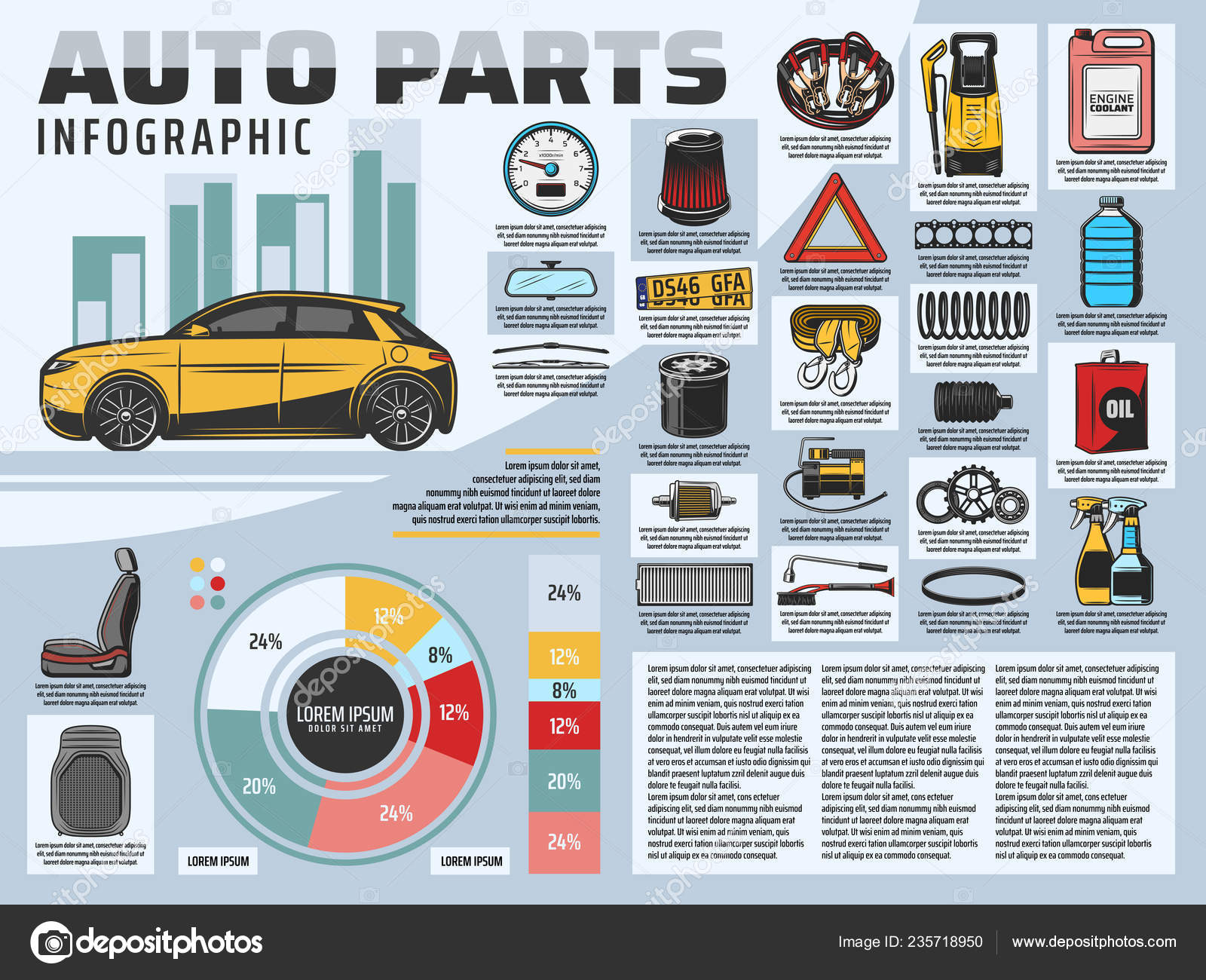Translating Your Vehicle'S Warning Indicators: What They Genuinely Signify
Translating Your Vehicle'S Warning Indicators: What They Genuinely Signify
Blog Article
Staff Writer-Sykes Gilbert
When you lag the wheel, those beautiful warning lights on your control panel can be a little bit bewildering. Do you know what they're trying to inform you about your automobile's wellness? Recognizing the value of these lights is essential for your safety and security and the long life of your car. So, the following time among those lights pops up, wouldn't you wish to decode its message precisely and take the needed steps to address it?
Common Caution Lighting and Interpretations
Recognize common caution lights in your car and understand their definitions to guarantee safe driving.
One of the most common warning lights consist of the check engine light, which indicates concerns with the engine or emissions system. If this light comes on, it's critical to have your car checked quickly.
The oil stress alerting light suggests reduced oil pressure, calling for immediate focus to avoid engine damages.
A blinking battery light might suggest a damaged billing system, possibly leaving you stranded if not dealt with.
The tire stress tracking system (TPMS) light notifies you to low tire stress, influencing automobile security and gas efficiency. Neglecting this could lead to harmful driving conditions.
The abdominal muscle light indicates a problem with the anti-lock stopping system, endangering your capability to quit rapidly in emergencies.
Last but not least, the coolant temperature level alerting light warns of engine getting too hot, which can cause serious damages otherwise solved promptly.
Understanding these typical caution lights will certainly assist you deal with issues immediately and maintain risk-free driving problems.
Relevance of Prompt Interest
Recognizing the typical caution lights in your automobile is just the very first step; the significance of quickly resolving these warnings can't be emphasized sufficient to ensure your security when driving.
When a warning light brightens on your control panel, it's your auto's way of interacting a potential issue that requires interest. Neglecting these warnings can bring about a lot more extreme issues in the future, endangering your security and potentially costing you extra out of commission.
https://www.pymnts.com/earnings/2022/with-new-cars-in-short-supply-consumers-are-fixing-their-existing-cars/ to advising lights can stop failures and accidents. For just click the next site , a flashing check engine light might show a misfire that, if left neglected, could trigger damage to the catalytic converter. Resolving this promptly can conserve you from a costly repair service.
Likewise, a brake system cautioning light might signal low brake liquid or worn brake pads, crucial parts for your security when driving.
DIY Troubleshooting Tips
If you observe a caution light on your control panel, there are a couple of DIY fixing tips you can attempt prior to looking for expert aid.
The initial step is to consult your vehicle's guidebook to understand what the specific warning light suggests. Sometimes the concern can be as simple as a loose gas cap causing the check engine light. Tightening the gas cap might fix the issue.
Another usual concern is a low battery, which can activate various cautioning lights. Examining the battery links for deterioration and guaranteeing they're protected could repair the trouble.
If a caution light continues, you can try resetting it by disconnecting the automobile's battery for a couple of minutes and then reconnecting it. Furthermore, inspecting your car's fluid degrees, such as oil, coolant, and brake liquid, can help fix cautioning lights associated with these systems.
car cleaners near me , understanding your vehicle's caution lights is essential for maintaining your vehicle running efficiently and securely. By quickly attending to these alerts and understanding what they mean, you can prevent costly repair work and potential break downs.
Keep in mind to consult your auto's handbook for particular information on each advising light and act as necessary to guarantee a trouble-free driving experience.
Stay educated, remain risk-free when driving!
